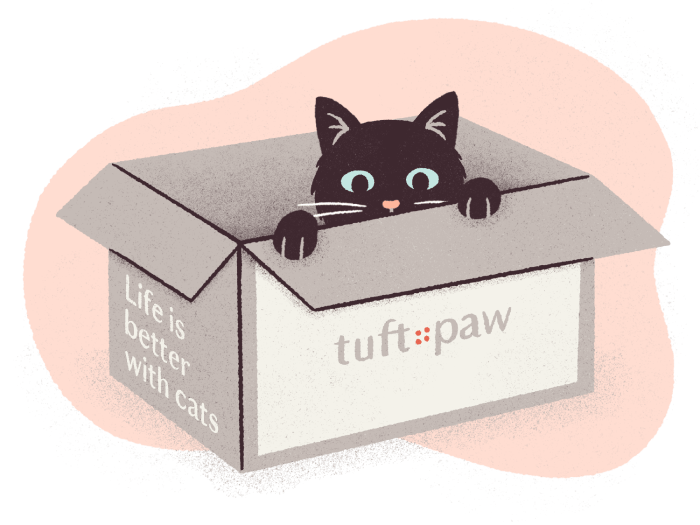When it comes to our fur babies (or any fur babies for that matter), we go that extra mile to keep them safe and happy. Cats are notoriously mischievous and prone to chew on things, so it is important to familiarize yourself with things that could be hazardous to your cat’s health.
There is no doubt both plants and pets are very aesthetically pleasing.
Indoor plants are amazing, I hear you! They brighten up your living space, help purify indoor air, and have been proven to reduce anxiety and depression. It's therapeutic when you’re caring for your plant babies.
However, there are 12 plants that are poisonous to cats and can cause a range of symptoms, from vomiting to serious illness and even death in some cases.
Plants That are Dangerous for Your Cat
Let’s find out what plants are toxic to cats and their effects.
1. Lilies
All the plants that belong to these families are the most dangerous for cats. A little ingestion may cause vomiting, diarrhea, kidney or liver damage in no time.
2. Azaleas and Rhododendrons
Both of these plants are considered moderately poisonous. Most felines consume these flowering bushes by watching the beauty and scent.
Symptoms include:
- Gastrointestinal signs (drooling, vomiting, diarrhea, lack of appetite)
- Heart arrhythmias
- Weakness
- Tremors
- Transient blindness
- Seizures
- Coma

3. Cyclamen or Persian Violet or Sowbread
Although the whole plant is toxic to the cats, the tuber and roots contain most of the poisonous content. A small amount of consumption will make the feline sick.
Signs of cyclamen toxicity:
- Vomit
- Drooling
- Diarrhea
- Seizures
- Abnormal heart rate and rhythm
- Death
4. Autumn Crocus or Meadow Saffron or Naked Lady
Highly poisonous to cats due to the alkaloid colchicine content.
Symptoms might be evident shortly after ingestion or could take days to show up:
- Gastrointestinal signs (drooling, vomiting, and bloody diarrhea)
- Breathing difficulties
- Seizures
- Kidney and liver damage
- Death
5. Sago Palm
All parts of the sago palm are toxic, but the seeds are the deadliest. These plants are mostly found outside, however, a few types of sago palms are kept as indoor plants.
Symptoms of sago palm poisoning in cats:
- Vomiting and diarrhea
- Black, tarry-looking stool
- Increased thirst
- Lethargy
- Liver failure
- Death

6. Ivy
English Ivy or Hedera helix is toxic to cats and other pets and animals. It has poisonous compounds known as hederagenin and polyacetylene, with their foliage being more dangerous than berries.
Toxicity symptoms in your cat:
- Vomiting
- Drooling
- Diarrhea
- Abdominal pain
7. Narcissus (including daffodils)
Unfortunately, as beautiful as they are, all parts of the plant are poisonous, the bulls are the most toxic.
Symptoms include:
- Drooling
- Vomiting
- Diarrhea
- Abdominal pain
- Cardiac arrhythmias
- Extremely low blood pressure
- Breathing difficulties
- Convulsions
8. Monstera Deliciosa
A highly popular houseplant with beautiful foliage and leafy holes. It contains toxins like calcium oxalates that are insoluble and not easily digested in the stomach. This irritates cats’ mouths and tongue as they tend to chew or take a nip of the leaves.
Toxicity symptoms include:
- Drooling
- Vomiting
- Swelling on the face
- Burning sensation on the tongue making it difficult to eat
9. Poinsettia and Holly Shrubs
Favourite holiday plant to get you into the spirit of the season! However, the leaves produce a sap that can irritate your pet’s mouth and esophagus.
If ingested, your pet may experience nausea or vomiting.

10. Ficus
Numerous species of plants belong to the genus Ficus and contain irritating sap. Following ingestion, irritation of the mouth and gastrointestinal tract may occur.
Common signs to watch for:
- Decreased appetite
- Drooling
- Vomiting
- Diarrhea
- Skin irritation
11. Snake Plant or Sansevieria
Although the popular snake plant is only mildly toxic to pets, it does contain saponins - a natural chemical produced by the plant to protect it from insects, microbes, and fungi.
This chemical can cause gastrointestinal upset in pets.
12. Aloe Vera
In addition to its medicinal properties, aloe vera is great for indoor air purification because it harvests carbon dioxide at night, actively improving your air quality while you sleep. However, it can also be toxic for your cat.
Symptoms include:
- Vomiting
- Depression
- Diarrhea
- Anorexia
- Tremors

If your cat accidentally consumes any part of a poisonous plant, pick up the symptoms and take your pet to a vet.
For a more comprehensive list of all plants, visit the ASPCA website where you can find out more about both toxic and non-toxic plants to cats.


